Search
Country / Region
Lifting Belts
Unlock unmatched support and stability with UPPPER Lifting Belts.
Crafted from premium microfiber leather, these are the best lifting belts that are built to last and provide superior back and core support during heavy lifts. Featuring a double-prong buckle for maximum security and a tapered design to preserve your range of motion, UPPPER Weightlifting Belts are engineered for comfort and performance.
Conquer every rep with confidence and elevate your lifting game.
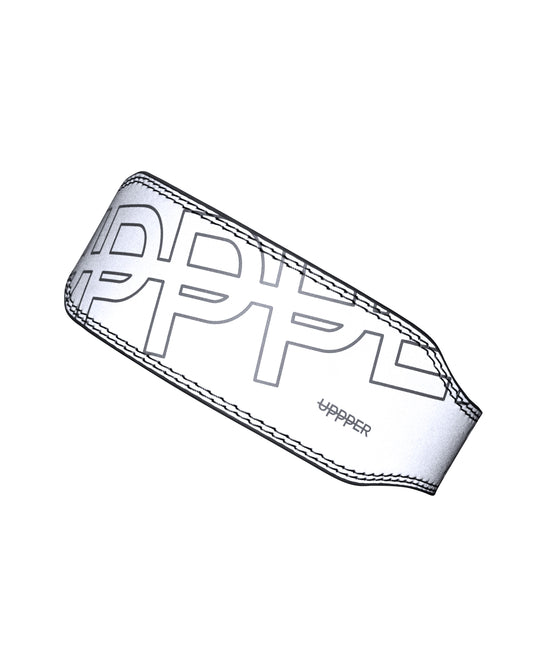
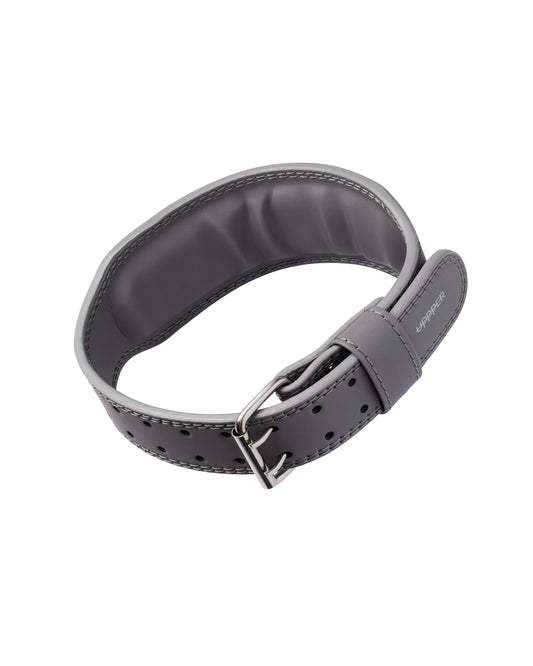
Lifting Belt Reflective
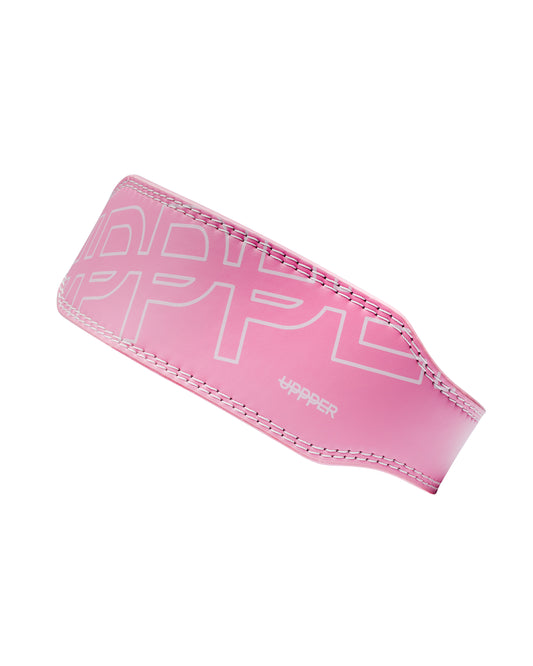
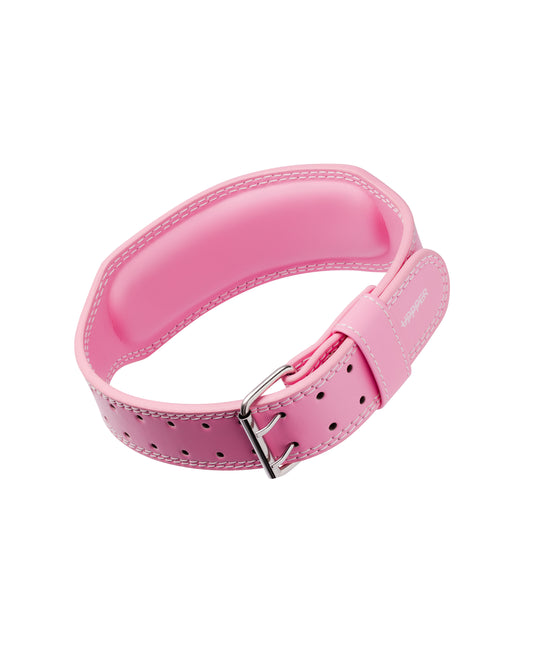
Lifting Belt Pink


Lifting Belt Black
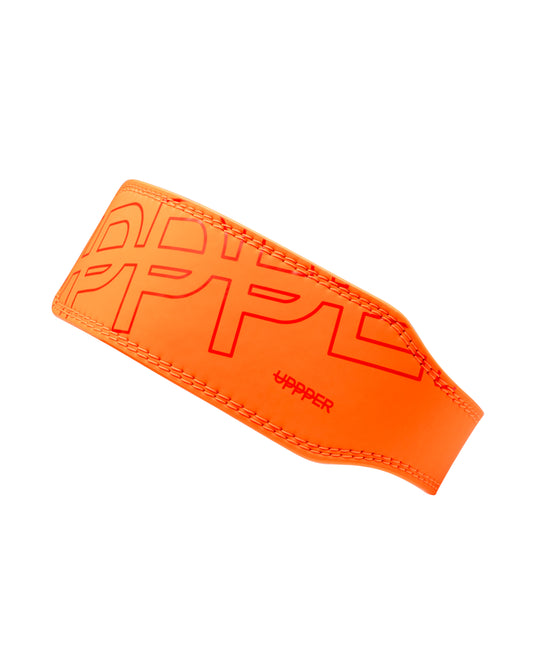
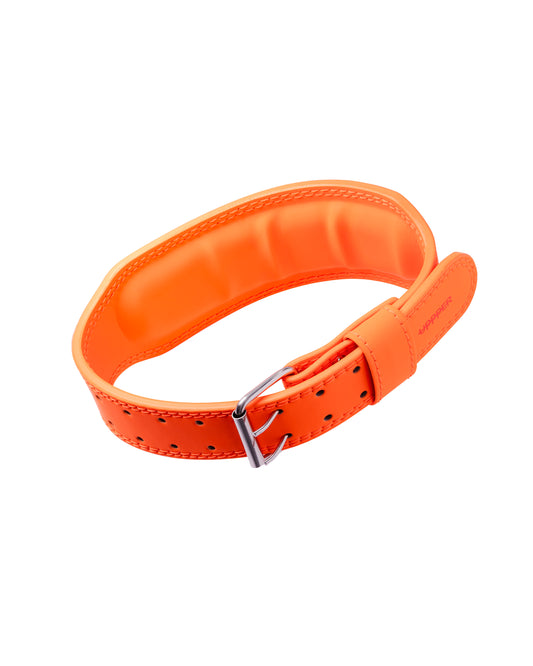
Lifting Belt Neon Orange


Lifting Belt Lavender
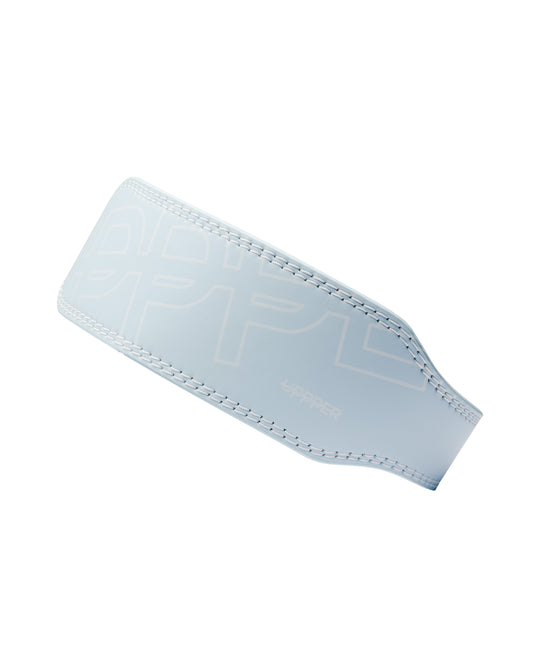
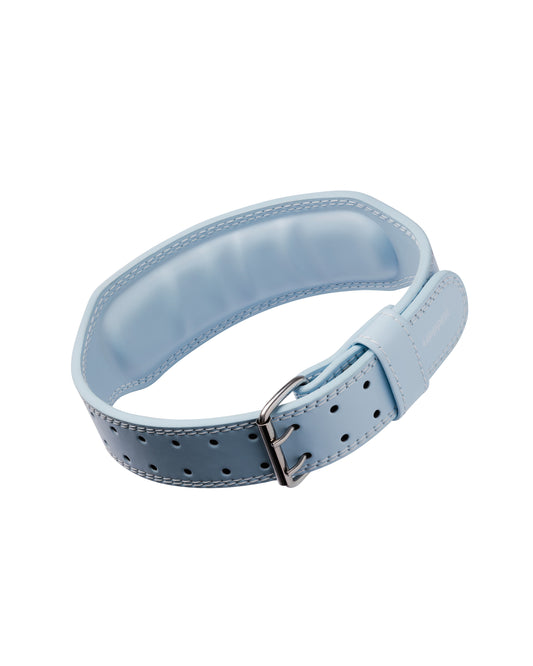
Lifting Belt Baby Blue

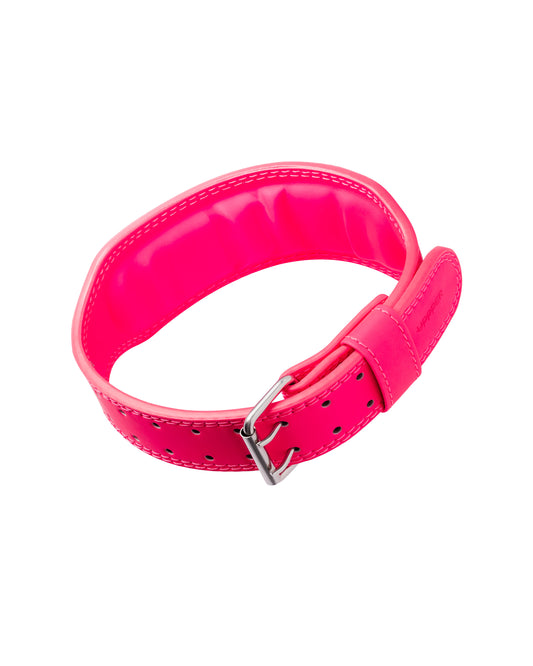
Lifting Belt Neon Pink


Lifting Belt Sail


Lifting Belt Neon Green
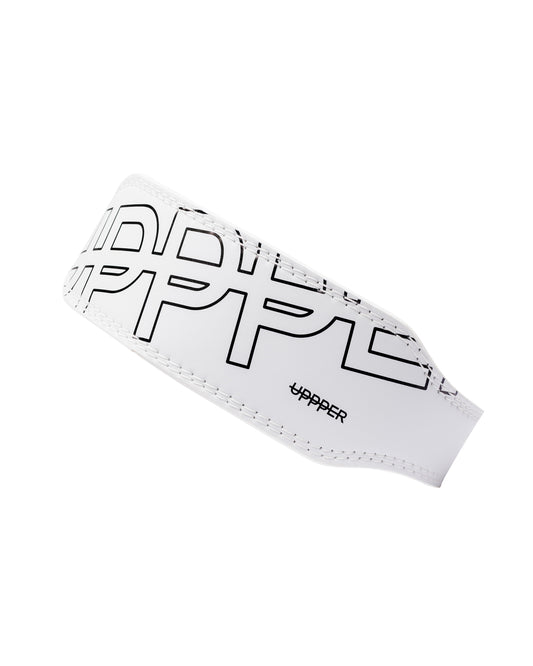
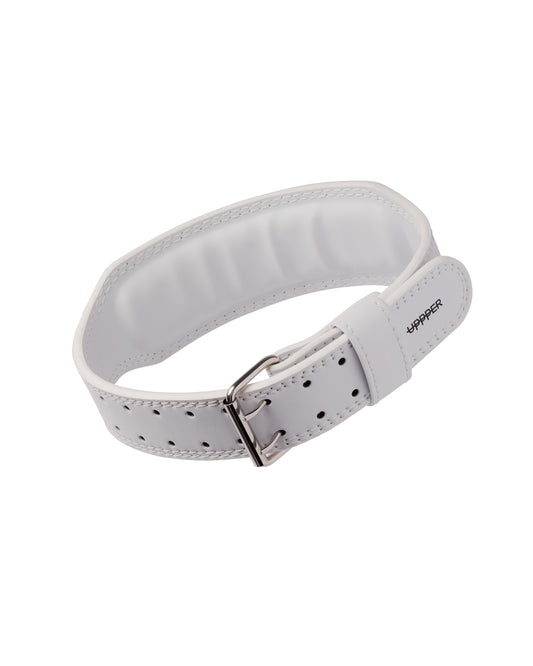
Lifting Belt White
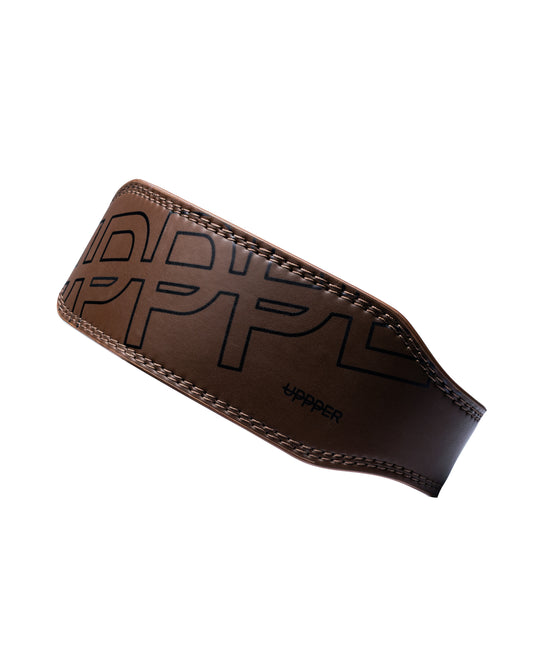

Lifting Belt Umber
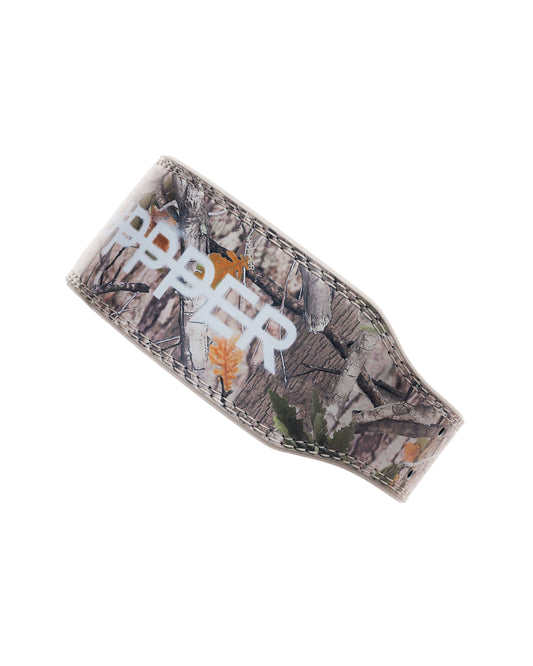
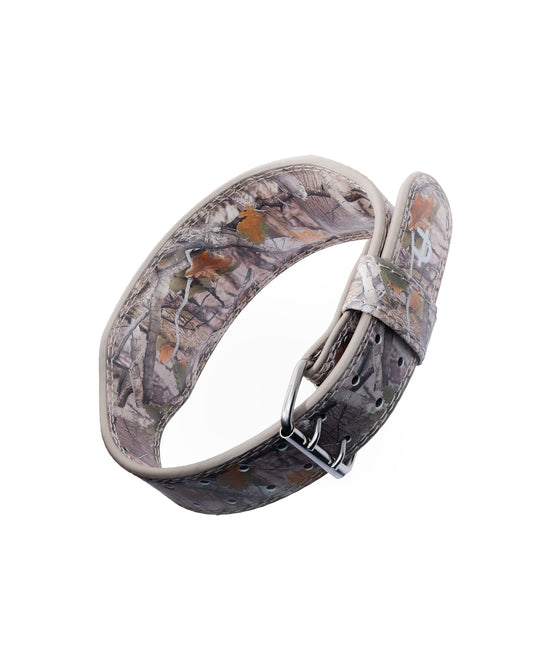
Lifting Belt Camo
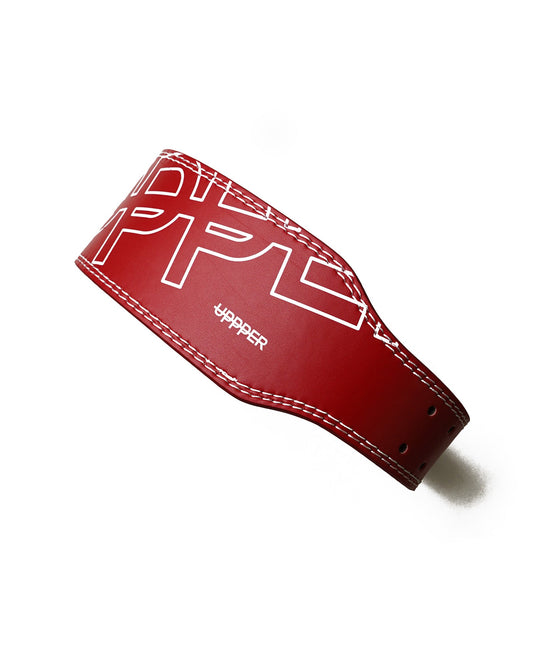

Lifting Belt Red
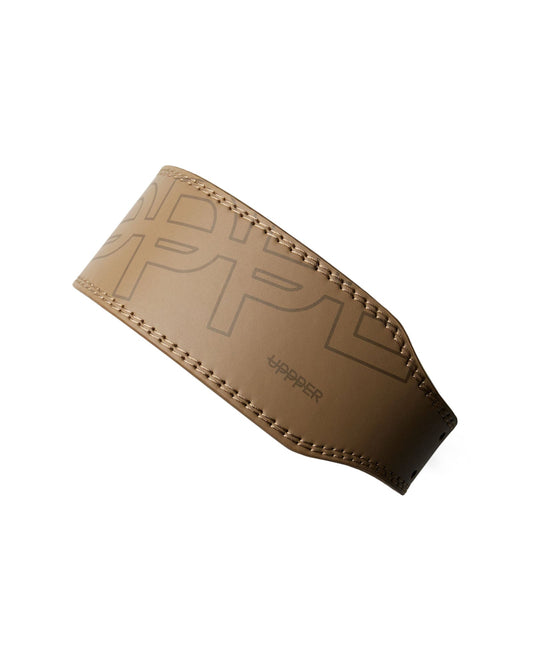

Lifting Belt Mud

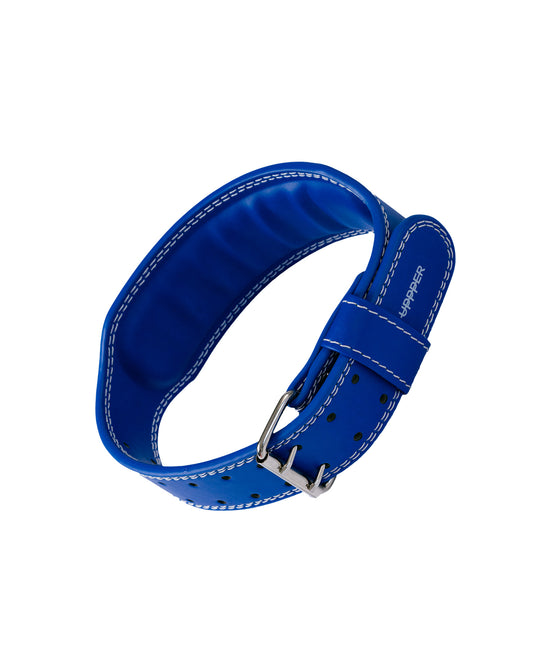
Lifting Belt Royal Blue

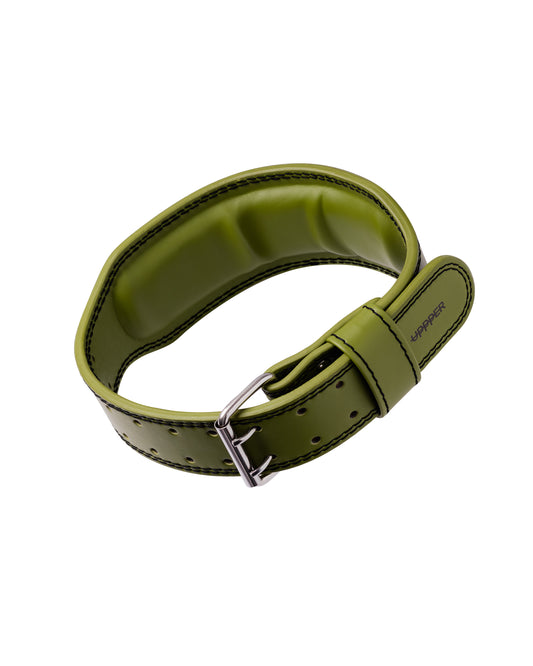
Lifting Belt Khaki
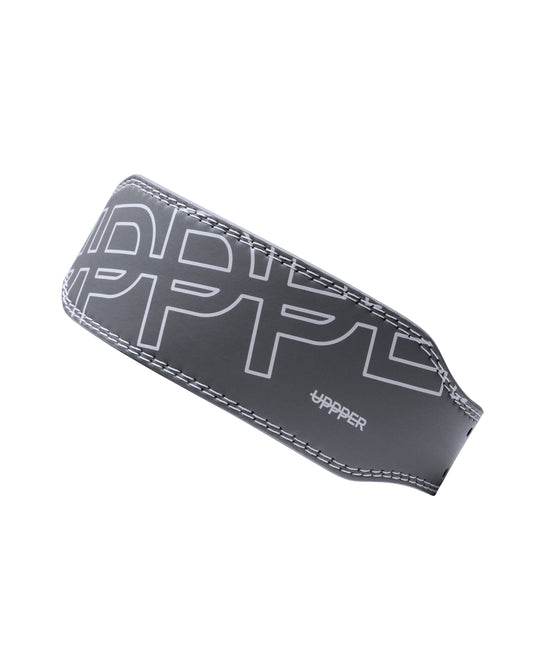
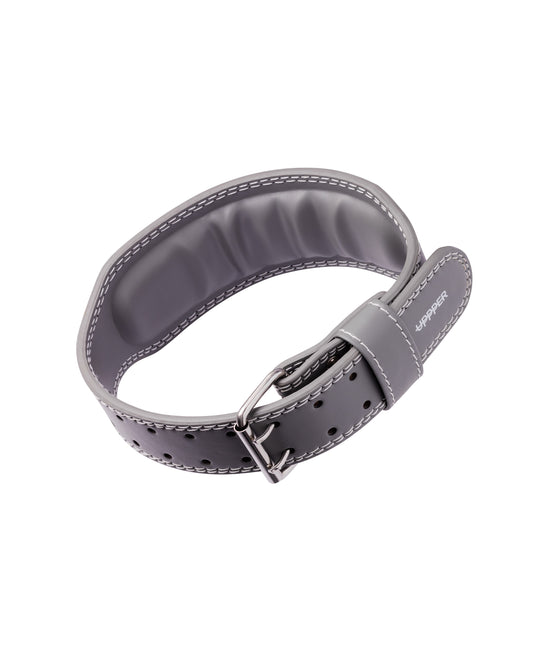
Lifting Belt Grey
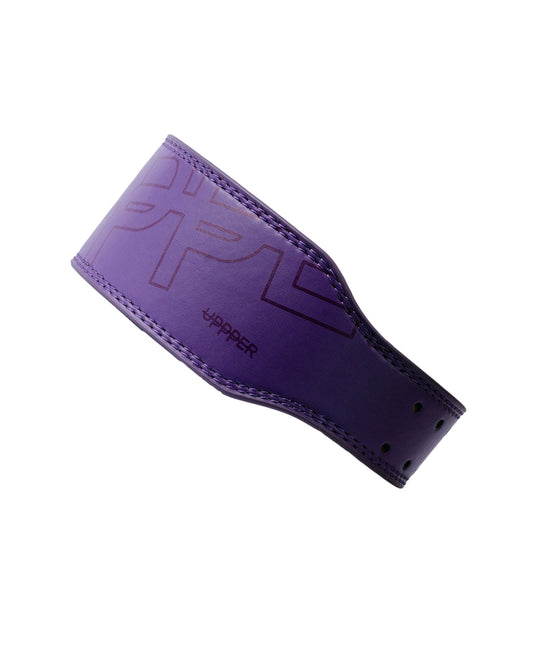
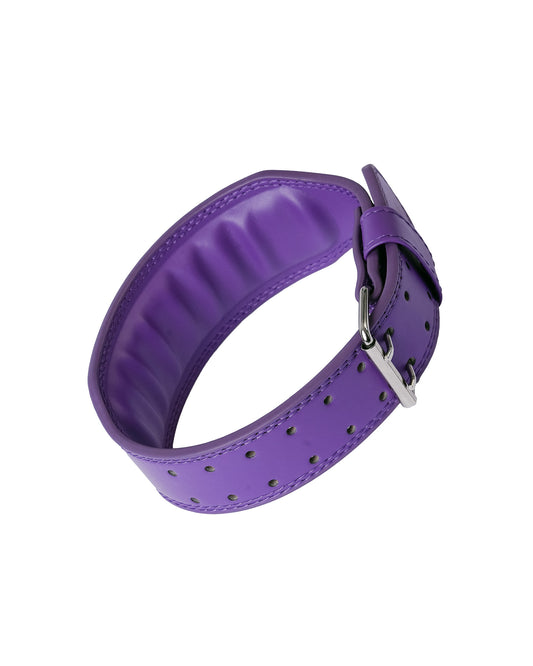
Lifting Belt Plum
FAQ
What Does A Lifting Belt Do?
A lifting belt supports your lower back and core during heavy lifts, helping to stabilize your spine and improve lifting form.
What Are The Benefits Of Lifting Belts?
- Increased Stability: Provides core and back support during heavy lifts.
- Enhanced Performance: Allows you to lift heavier with better form.
- Injury Prevention: Reduces the risk of lower back injuries by stabilizing the spine.
When Should I Get A Lifting Belt?
This will depend on your goals and fitness level, but a good way to determine when to start using a weightlifting belt is when you can’t do more than 1-5 reps with good form.
What’s The Difference Between A Prong Belt and a Lever Belt?
A prong belt uses a traditional buckle to secure it, allowing for easier micro-adjustments. A lever belt features a lever mechanism for quick tightening and loosening, offering a consistent fit.
Does Wearing A Lifting Belt Weaken Your Core?
No, wearing a lifting belt doesn’t weaken your core. In fact, a lifting belt helps to stabilize your core by providing additional support to your lower back during heavy lifts. This added support can help you maintain better posture and reduce the risk of injury. Over time, using a belt correctly can even strengthen your core by encouraging you to engage your muscles properly.
Can You Lift More With A Belt?
Yes, many lifters find they can lift more weight with a lifting belt. The belt increases intra-abdominal pressure, which helps stabilize the spine and supports the core, allowing you to handle heavier loads with more control. However, it's essential to use the belt for max-effort lifts (like squats, deadlifts, or overhead presses) rather than for every set to avoid dependency
Is It Better To Lift With A Belt Or No Belt?
Whether to lift with a belt or not depends on your training goals and the weight you're lifting. For lighter weights or non-maximal lifts, lifting without a belt helps build core strength. However, for heavy, high-intensity lifts, a lifting belt can offer crucial support to your back and core, reducing the risk of injury. It’s generally recommended to use a belt when lifting near your max or when performing compound movements like squats and deadlifts.
How Tight Should A Lifting Belt Be?
A weightlifting belt should be tight enough to support your core and back but not so tight that it restricts breathing or movement.
How To Put On A Lifting Belt
- Place the belt around your waist, just above your hips.
- Pull the belt tight, but not too tight, to allow for core bracing.
- Fasten the buckle to your preferred setting, ensuring the belt stays in place during lifts.
